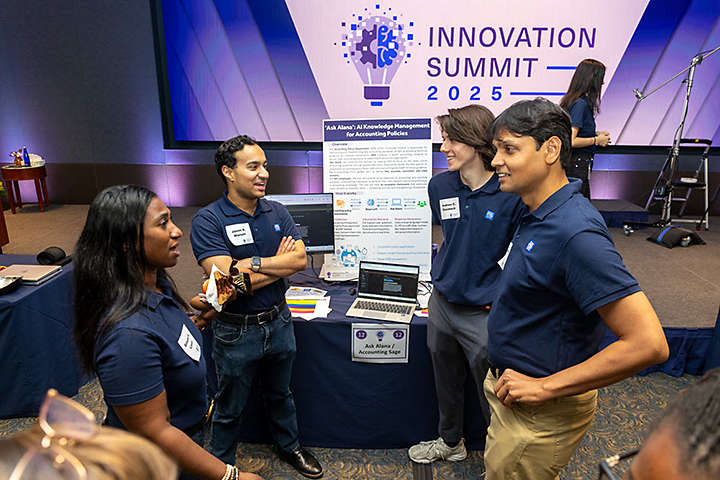Welcome to our Newsroom.

Innovation Summit 2025: Shaping Tomorrow, Together.
New York Life employees recently demonstrated how the company is driving innovation forward.

New York Life employees recently demonstrated how the company is driving innovation forward.